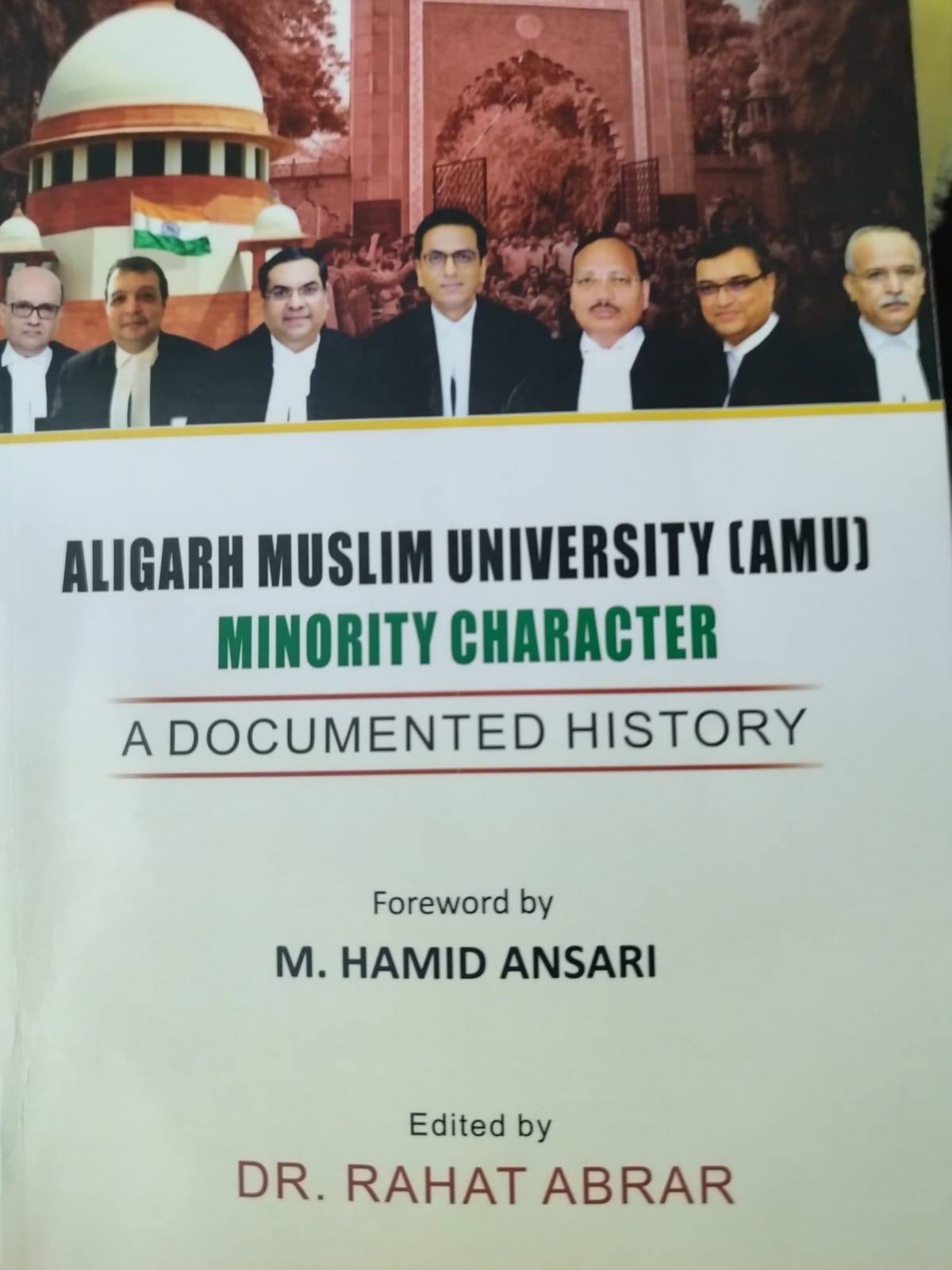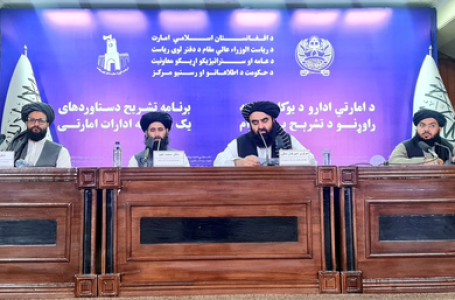
Aligarh: Restoration of the minority character of Aligarh Muslim University (AMU) occupies top most place in the list of educational, cultural and social concerns of over 200 million Indian Muslims.
The community the largest minority in the country, and the third largest population of Muslims in the world after Indonesia and Pakistan has great emotional attachment with AMU, for establishing and developing which generations of them contributed by their sweat and blood.
Dr Rahat Abrar, a distinguished scholar of AMU history, has very timely brought out a book, a compendium of 22 articles by historians, legal experts, and leaders of AMU movement, tracing the struggle for creation of the iconic institution of modern learning for Muslims, and also the struggle to preserve its minority character.
The issue which is almost as old as Independent India, is again in spotlight after the recent Supreme Court judgement which reversed it’s own ruling given in the 1968 case of S Aziz Basha vs Union of India, in which it had held that AMU was not a minority educational institution under Article 30(1) of the Constitution, as it has been establishes by legislation. The court, however, left it to a regular bench to determine the minority character, for which it laid down a two-fold test:
— Investigate the origin, purpose, and implementation of the institution’s establishment.
– Examine the administration of the institution to ensure it protects and promotes the interests of the minority community.
Talking to India News Stream about the book, titled ‘Aligarh Muslim University Minority Character: A Documented History’, Dr Abrar said that the apex court had very rightly held that an educational institution’s minority status is not negated by its incorporation through a statue, and that while determining the minority character it has to be seen who were the brains behind the establishment of the institution and what was their purpose.
He said the various articles included in the book leave no doubt about the people who were behind the creation of the institution and the objectives they wanted to achieve and the way they mobilised the funds for the purpose.
He especially referred to the letter of Sir Syed to Nawab of Dhaka written on June 16,1876,
the article of Gail Minault and David lelyveld tracing The Campaign for a Muslim University, 1898-1920, and From School to College by SK Bhatnagar, which clearly bring out the fact that the establishment of Mohammedan Anglo Oriental College (MAO) college on in January 8, 1877, , and later the creation of the university was the result of tireless efforts of Sir Syed and the community he belonged to.
Dr Abrar said that the Act of 1920 establishing AMU, states in clear terms that the university was created by Muslims and for Muslims. However, it does not mean that it would impart education only to Muslims. The university statute clearly states that the institution was open to all without any differentiation on the basis caste, creed, religion and race.
” In fact the first graduate from the university was a Hindu, Ishwari Prasad. The university had many distinguished teachers who were Hindu, and several hostels of the institution were named after non-Muslims. ”
Sir Syed was most secular and rational voices of the day. All the documented evidence leaves no doubt about it, he said.
Dr Abrar expressed great surprise over the fact that the learned counsel from the government side while arguing the case against minority character tried to associate the creation of the institution with separatism of Mohammad Ali Jinnah. ” Jinnah was of course a Muslim voice when the British Government was debating AMU bill in 1920, and it was but natural that he supported the creation of the university, as did all Muslim leaders. But to associate the university with the motive for creation of Pakistan is a blatant distortion of truth and a travesty of Justice ” The historian said.
The book, has a foreword by former vice president M Hamid Ansari. It also carries an article by Dr Abrar , which is a very useful chronological history of the institution.
Other important articles in the book are by eminent jurists AG Noorani and Dr Tahir Mehmood, Besides, articles by noted authors and researchers Laurence Gautier and Anil Maheshwari trace the struggle for the minority character in the backdrop of politics of the day.
Faizan Mustafa , and Salman Khurshid, one of the lawyers who argued the case for minority character in the Supreme Court, have also contributed to the book.
Additionally , Dr Abrar has given the whole AMU Act of 1920 at the end of the book, which would serve as valuable reference material for anyone seeking an understanding of the issue.
The book priced at Rs 999 (15 dollars overseas) has been published by Naamak Publications, New Delhi and is available on Amazon.
-India News Stream



















